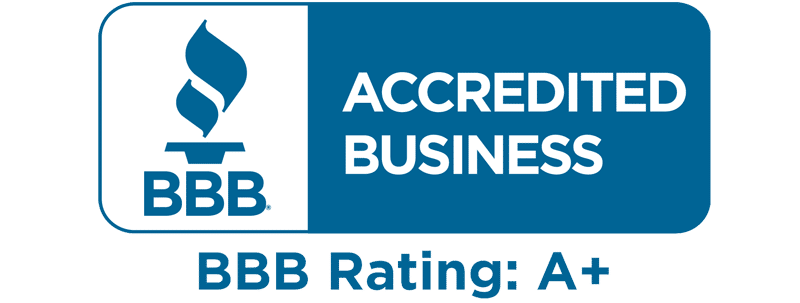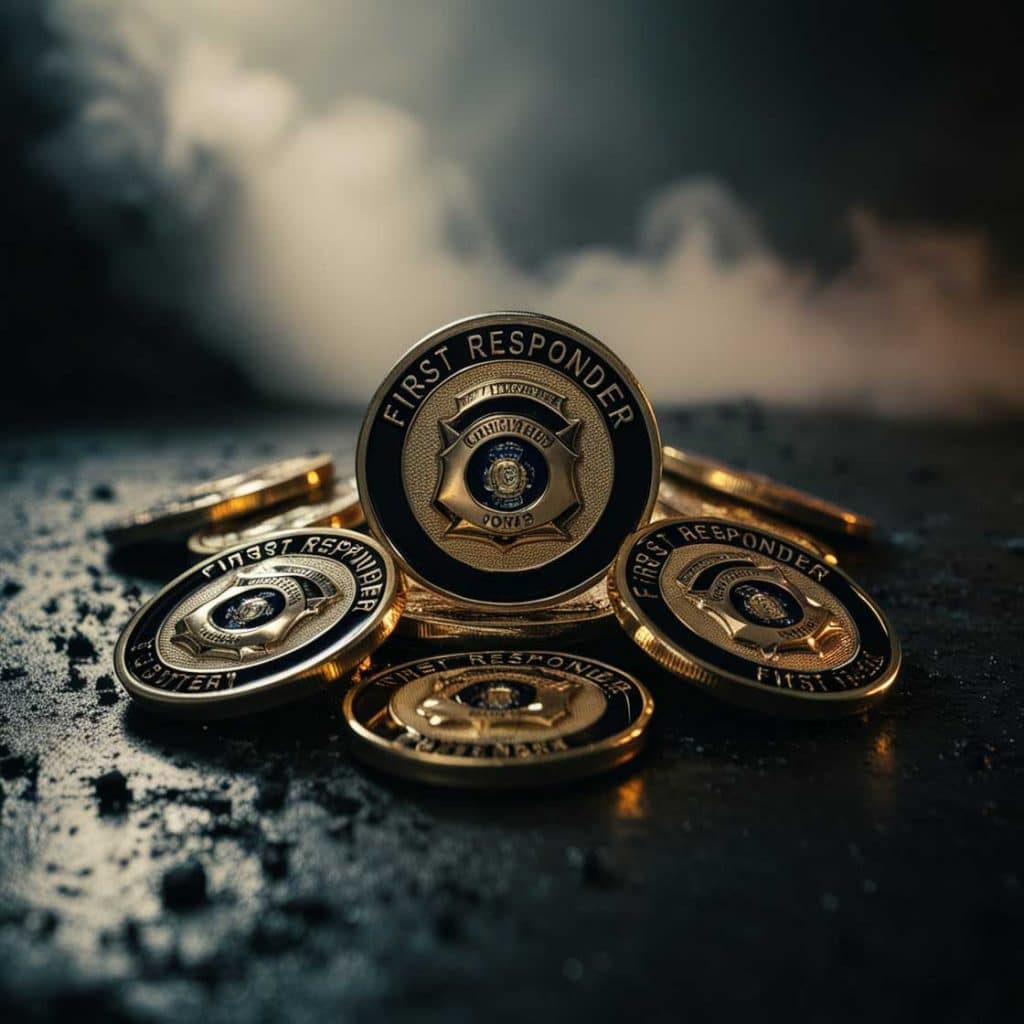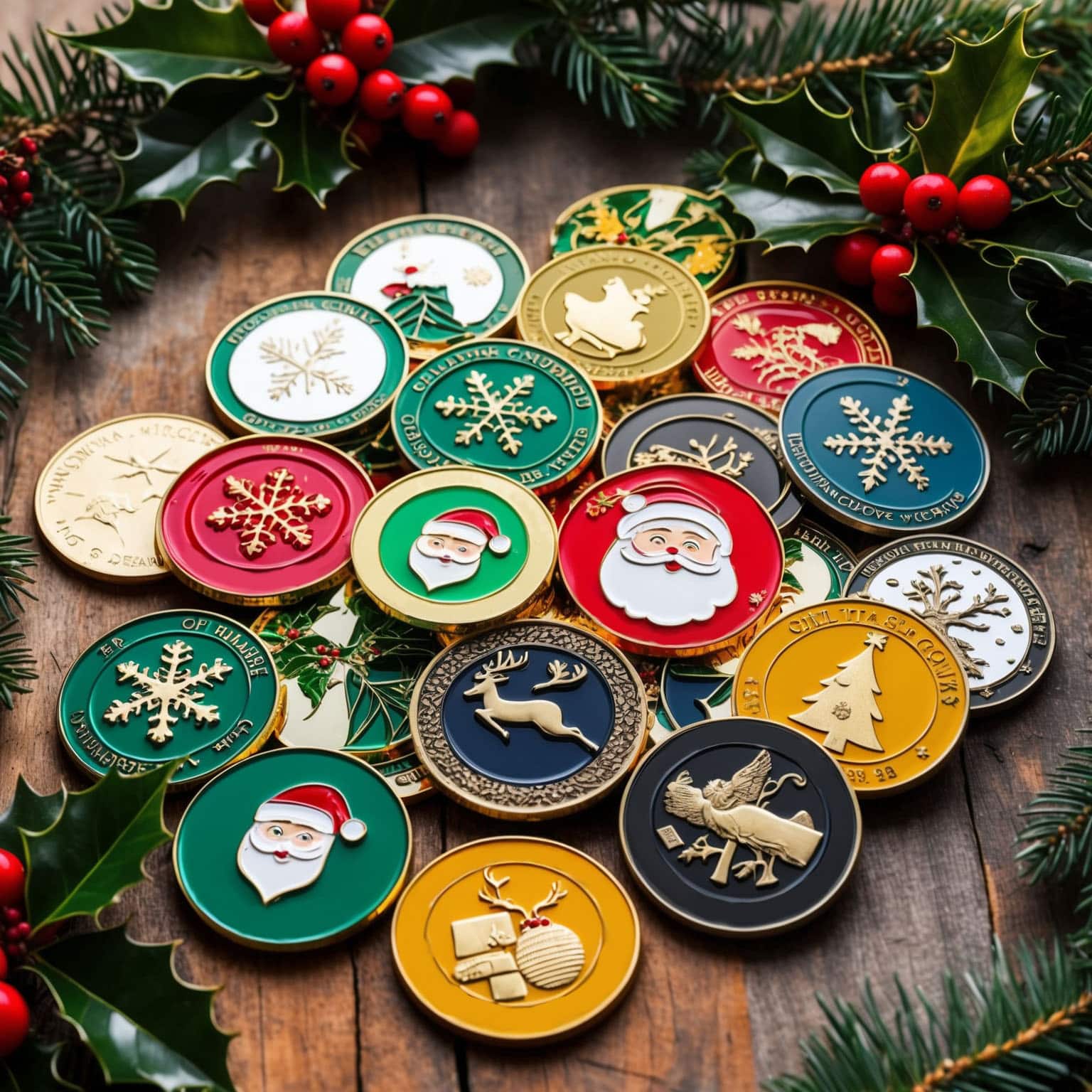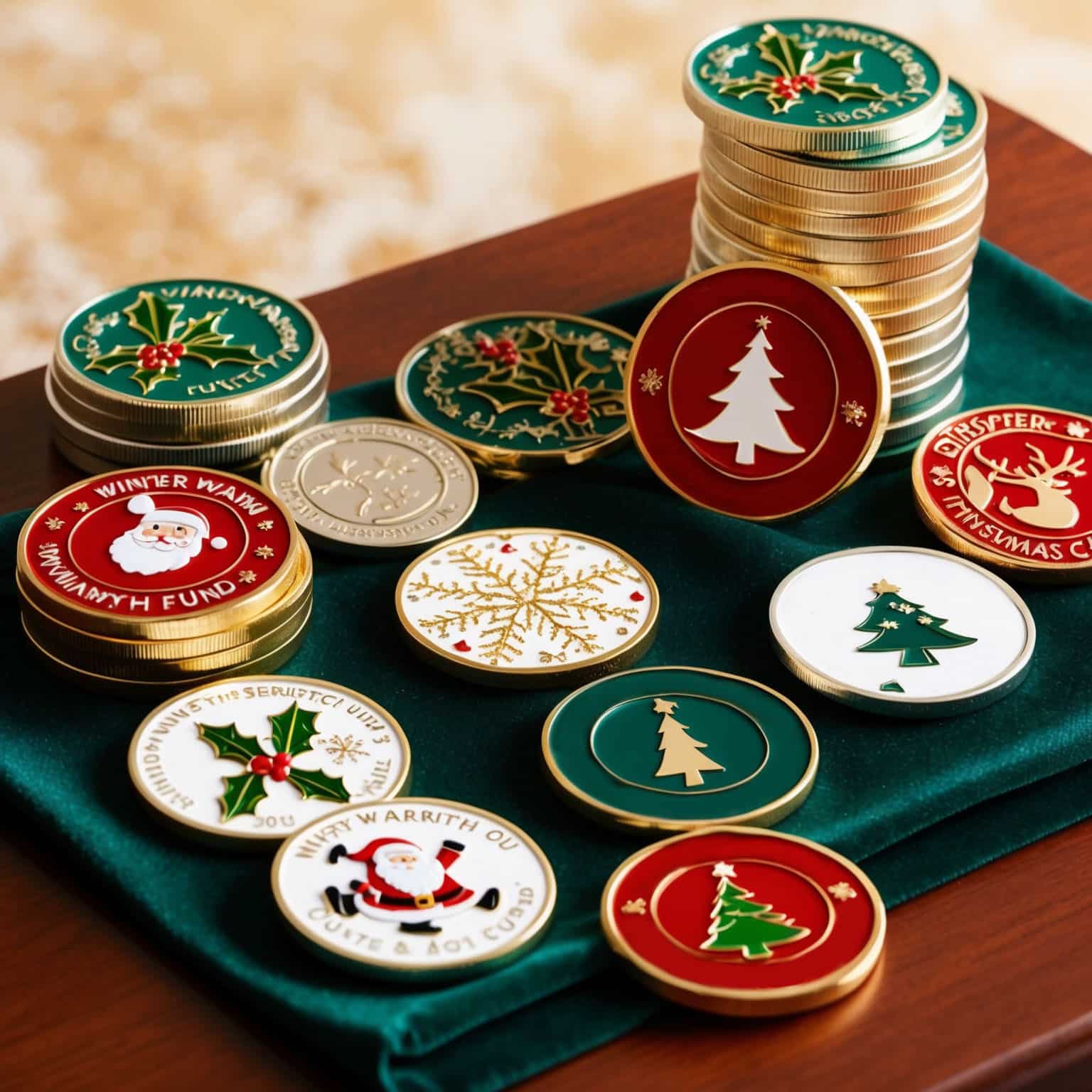In times of crisis, first responders are the everyday heroes who stand on the front lines, risking their lives to keep others safe. Whether it’s firefighters rushing into burning buildings, police officers protecting communities, or paramedics providing life-saving care, their courage and dedication deserve recognition. One of the most meaningful ways to honor their service and commemorate their achievements is through the creation of first responder challenge coins.
First responder challenge coins are more than just tokens; they carry deep symbolic value. These coins are small, custom-made medallions designed to represent a unit’s identity, commemorate significant events, or acknowledge exceptional service. The process of creating these coins—from the initial concept to the final product—requires thought, creativity, and attention to detail.
In this article, we will walk through the entire journey of designing first responder challenge coins for units that have made an impact. We’ll explore why these coins matter, how to approach the design process, and ways to ensure that the final product serves as a lasting tribute to those who serve their communities every day.
The History and Significance of Challenge Coins
Challenge coins have a long and rich history, tracing back to military origins. The tradition of giving challenge coins began during World War I when a wealthy lieutenant gave bronze medallions to his unit as a sign of camaraderie and loyalty. One of the soldiers carried his coin with him during a mission, and when he was captured and later escaped, the coin helped prove his identity to friendly forces, ultimately saving his life.
Since then, challenge coins have been used in military units across the world as symbols of membership, achievement, and honor. Over the years, the tradition expanded beyond the military, and today challenge coins are used in various sectors, including law enforcement, fire departments, emergency medical services, and other first responder units.
The significance of these coins lies not only in their physical form but in the deeper meaning they carry. For first responders, challenge coins serve as tangible reminders of the shared experiences, challenges, and victories they’ve faced as a unit. They can commemorate major events, honor fallen comrades, and recognize acts of bravery and leadership.
Why First Responder Challenge Coins Matter
First responder challenge coins are much more than just collector’s items or decorative pieces. They hold tremendous emotional value and can serve several important purposes within first responder units.
1. Commemorating Milestones and Events
One of the most common uses for first responder challenge coins is to commemorate significant milestones or events within a unit. This could be anything from the anniversary of the unit’s founding to recognition of a particularly challenging mission or operation. When units go through extraordinary experiences—whether it’s battling a massive wildfire, responding to a major public safety incident, or handling a community-wide disaster—creating a coin to commemorate that event can provide a lasting reminder of the team’s accomplishments and sacrifices.
2. Recognizing Bravery and Heroism
Another key role of challenge coins is recognizing individual acts of bravery and heroism. First responders often put their lives on the line, and their courage deserves to be acknowledged. First responder challenge coins can be given to individuals who have gone above and beyond in the line of duty, serving as a meaningful and personal way to say thank you. Receiving a challenge coin can be a moment of pride, showing that their actions did not go unnoticed and that they are valued by their peers and leaders.
3. Building Unit Cohesion and Morale
Challenge coins have long been associated with fostering camaraderie and building team morale. In first responder units, where teamwork and trust are essential to the job, challenge coins can help create a sense of belonging and unity. When everyone in a unit receives a coin, it serves as a shared symbol of their commitment to each other and their mission. The simple act of giving or exchanging coins can strengthen bonds and enhance a unit’s sense of identity.
4. Honoring the Fallen
First responder challenge coins are also used to honor those who have made the ultimate sacrifice. In the wake of a tragedy, these coins can be distributed to memorialize fallen colleagues, ensuring their legacy lives on. These coins can become deeply personal keepsakes for the families and friends of the fallen, providing a lasting tribute to their loved ones’ bravery and service.
The Design Process: From Concept to Coin
Designing first responder challenge coins is a process that requires careful thought and collaboration. To create a coin that resonates with its recipients and carries meaningful symbolism, each step of the process—from the initial concept to the final product—must be approached with creativity and attention to detail.
1. Defining the Purpose and Theme
The first step in designing a first responder challenge coin is defining the purpose and theme of the coin. What message do you want the coin to convey? Is it commemorating a specific event, recognizing an individual’s service, or representing the unit’s overall mission and values? Answering these questions will help set the direction for the design.
For example, if the coin is intended to recognize a major event, such as responding to a natural disaster, the theme might center on resilience, courage, and teamwork. If the coin is being created to honor a retiring leader, the theme could focus on leadership, service, and mentorship.
Once the purpose and theme are established, it’s time to brainstorm design elements that align with that message. Think about symbols, mottos, and imagery that reflect the unit’s identity and mission.
2. Gathering Design Inspiration
Before jumping into the actual design of the coin, it can be helpful to gather inspiration from existing challenge coins or other designs. Many first responder units have rich histories and unique symbols that can serve as inspiration for the coin’s imagery.
Consider looking at:
- Unit Logos and Badges: Many first responder units already have established logos, badges, or emblems that can serve as a strong foundation for the coin’s design. Incorporating the unit’s official insignia helps tie the coin to the group’s identity and makes it immediately recognizable.
- Historical Symbols: If the unit has a long history, incorporating historical symbols, dates, or references can give the coin a deeper meaning. For example, a fire department might include images of vintage fire trucks or tools, while a police department might reference key moments in the department’s history.
- Local Landmarks or Geography: Many first responder units are deeply connected to the communities they serve. Including local landmarks, geographic features, or cultural references can give the coin a sense of place. For example, a coastal rescue unit might include an image of the ocean, while a mountain search and rescue team could feature local peaks in their design.
3. Selecting Imagery and Symbols
Choosing the right imagery and symbols is crucial to creating a coin that resonates with its recipients. Every element on the coin should have meaning, whether it’s related to the unit’s mission, values, or history.
Some common symbols for first responder challenge coins include:
- Fire Department Icons: Fire helmets, axes, ladders, and fire trucks are all iconic images for fire department challenge coins. Including flames or the Maltese cross (a traditional symbol of fire service) can also add meaning to the design.
- Law Enforcement Symbols: For police and law enforcement coins, common symbols include badges, handcuffs, and the scales of justice. Many law enforcement challenge coins also feature the thin blue line, representing solidarity and support for police officers.
- Emergency Medical Services (EMS) Symbols: For paramedics and EMTs, symbols like the Star of Life (a six-pointed star with the rod of Asclepius) are often featured on coins. Other common imagery includes ambulances, medical bags, and heart rate lines.
Once you’ve chosen the core symbols and imagery for the coin, it’s time to think about how these elements will be arranged and combined. Will the design be symmetrical, or will certain elements take center stage? Should the symbols be simple and bold, or more intricate and detailed? Answering these questions will help guide the layout and overall aesthetic of the coin.
4. Personalizing the Design for the Unit
One of the key features of first responder challenge coins is their ability to be personalized for the unit or individual receiving them. This personalization helps make the coin feel more meaningful and unique to the recipients.
Consider the following ways to personalize the design:
- Unit Name and Motto: Including the unit’s name, motto, or slogan is a great way to add a personal touch to the coin. The motto can be placed around the edge of the coin or featured prominently on one side.
- Individual Names and Dates: If the coin is being made to recognize a specific individual, such as a retiring officer or a medal of valor recipient, consider adding their name and the dates of their service. This transforms the coin from a generic token into a personalized tribute.
- Specific Events or Operations: If the coin is commemorating a particular mission or event, such as responding to a large-scale disaster, including the date and name of the event can help capture the significance of the occasion.
By personalizing the coin for the unit or individual, it becomes more than just an award—it becomes a meaningful symbol of their contributions and service.
5. Deciding on Colors and Finishes
Color plays an important role in the final look and feel of a custom challenge coin. The right choice of colors can bring out key design elements and add depth to the overall composition.
- Unit Colors: Many first responder units have specific colors associated with their logos or uniforms. Using these colors in the design helps create a sense of identity and unity. For example, fire departments might use red, yellow, and black, while police departments often use shades of blue, black, and silver.
- Metal Finishes: In addition to color, the choice of metal finish can impact the coin’s visual appeal. Common finishes for challenge coins include gold, silver, and bronze, each offering a different tone. Gold conveys prestige and honor, silver offers a sleek, modern look, and bronze feels timeless and durable.
- Enamel or Epoxy Coating: To protect the coin and give it a polished appearance, many coins are coated with enamel or epoxy. This not only adds shine but also helps preserve the colors and details of the design, ensuring that the coin looks as good years from now as it did the day it was minted.
6. Prototyping and Refining the Design
Once you’ve settled on the design elements, layout, colors, and finishes, it’s time to create a prototype of the coin. This is an essential step to ensure that the final product meets your expectations and captures the intended message.
During the prototyping phase, pay close attention to the following details:
- Scale and Proportions: Ensure that all the design elements are properly scaled and proportioned for the size of the coin. Sometimes, details that look good on paper may not translate well to a small metal surface, so adjustments may be needed.
- Readability of Text: Make sure that any text included on the coin—such as the unit’s name, motto, or dates—is easy to read. Fonts that are too small or too intricate can lose clarity when engraved on metal.
- Contrast and Visibility: Ensure that there’s enough contrast between the different elements of the design. If a symbol is too similar in color or tone to the background, it may blend in and lose its impact. Use contrasting colors or metal finishes to make key elements stand out.
Once the prototype is finalized and approved, the production process can begin, turning your design concept into a tangible coin.
Presenting First Responder Challenge Coins: Meaningful Moments of Recognition
The presentation of first responder challenge coins is a powerful moment that adds significance to the coin itself. Whether the coin is being given to an individual for their bravery or to an entire unit for their collective efforts, how and when the coin is presented can enhance its emotional impact.
1. Public Ceremonies
Many challenge coins are presented during public ceremonies, such as award banquets, graduation ceremonies, or unit gatherings. These public presentations allow the recipient to be honored in front of their peers, family, and community, making the moment even more special.
During these ceremonies, leaders can take the opportunity to speak about the meaning behind the coin, explaining its design elements and the significance of the occasion. This adds context and weight to the presentation, helping everyone in attendance understand the thought and care that went into creating the coin.
2. Private or One-on-One Presentations
In some cases, challenge coins may be presented in more intimate settings, such as one-on-one meetings between a commander and their team members. This type of presentation is often used for coins that are given as tokens of appreciation or personal recognition.
Private presentations allow for a more personal exchange, where the leader can express their gratitude directly to the recipient. In these moments, the coin takes on a deeply personal meaning, representing the trust and respect shared between the two individuals.
3. Group Recognition
In addition to individual recognition, challenge coins can be used to honor entire units or teams. For example, after responding to a large-scale emergency, a fire department or police unit might receive challenge coins as a way to commemorate their collective efforts. Each member of the team receives the same coin, symbolizing their shared experiences and accomplishments.
These group presentations are powerful because they reinforce the sense of camaraderie and unity within the unit. Every member of the team carries a coin as a reminder that they were part of something larger than themselves, that their contributions were integral to the unit’s success.
The Long-Lasting Impact of First Responder Challenge Coins
Challenge coins have the power to create a lasting impact, both for the individuals who receive them and for the unit as a whole. They become cherished keepsakes that serve as constant reminders of the challenges faced, the victories won, and the bonds forged in the line of duty.
Beyond their immediate emotional value, first responder challenge coins can help foster a culture of recognition, service, and dedication within a unit. They symbolize the values that drive first responders to serve: courage, loyalty, and sacrifice.
By creating and distributing these coins, leaders can ensure that the legacy of their unit—and the stories of their members—are carried forward, generation after generation.
Crafting First Responder Challenge Coins with Lasting Meaning
Designing first responder challenge coins is a deeply rewarding process that requires creativity, thoughtfulness, and attention to detail. From choosing meaningful symbols and imagery to selecting the right colors and finishes, each decision in the design process adds to the overall impact of the coin.
Whether commemorating major events, recognizing individual acts of heroism, or building team morale, these coins serve as tangible symbols of the values that first responders hold dear. They are a way to honor the past, celebrate the present, and inspire the future.
For those tasked with creating these coins, the challenge lies in making sure that every element reflects the pride, dedication, and courage of the first responders they are designed to honor. With the right approach, a first responder challenge coin can become a lasting tribute to the men and women who protect and serve their communities every day.
If you are interested in a unique personalized challenge coin, you can call us at 800-371-6256 or fill out a FREE quote form.








